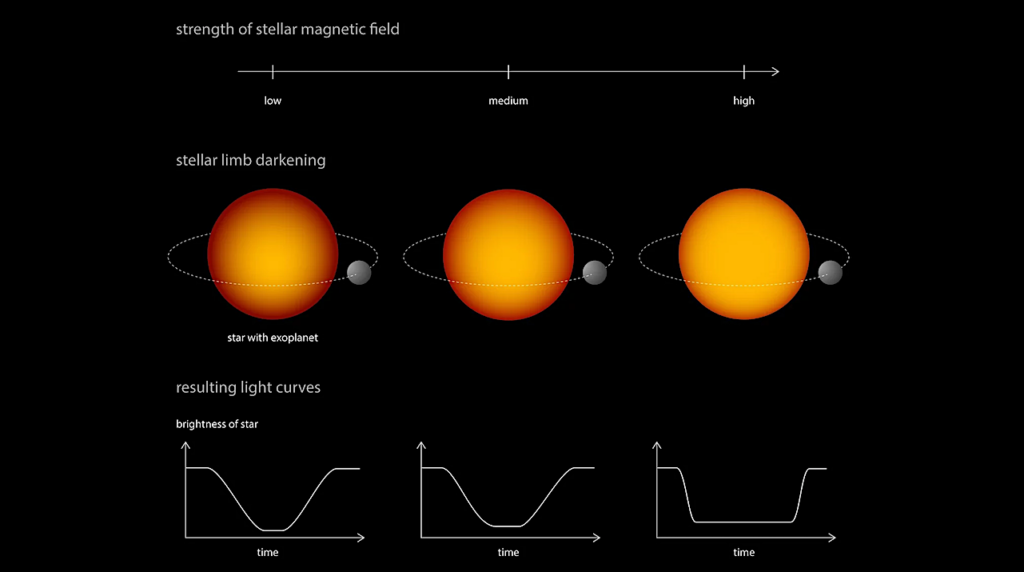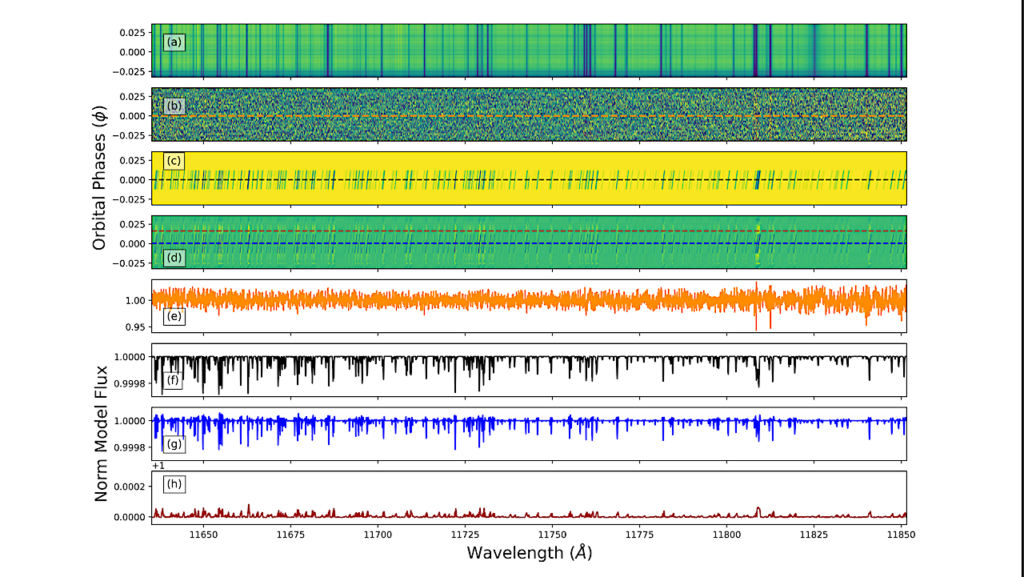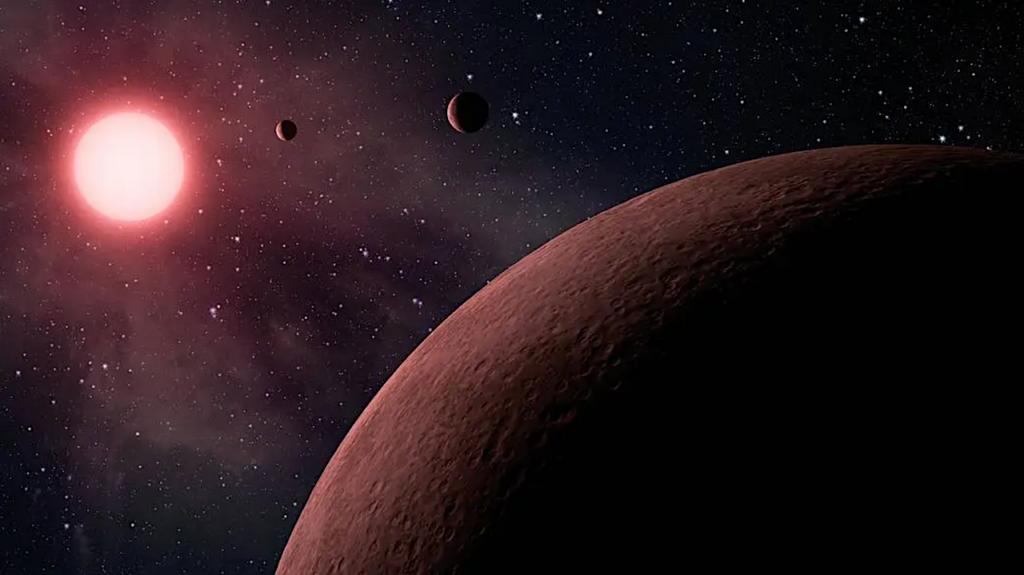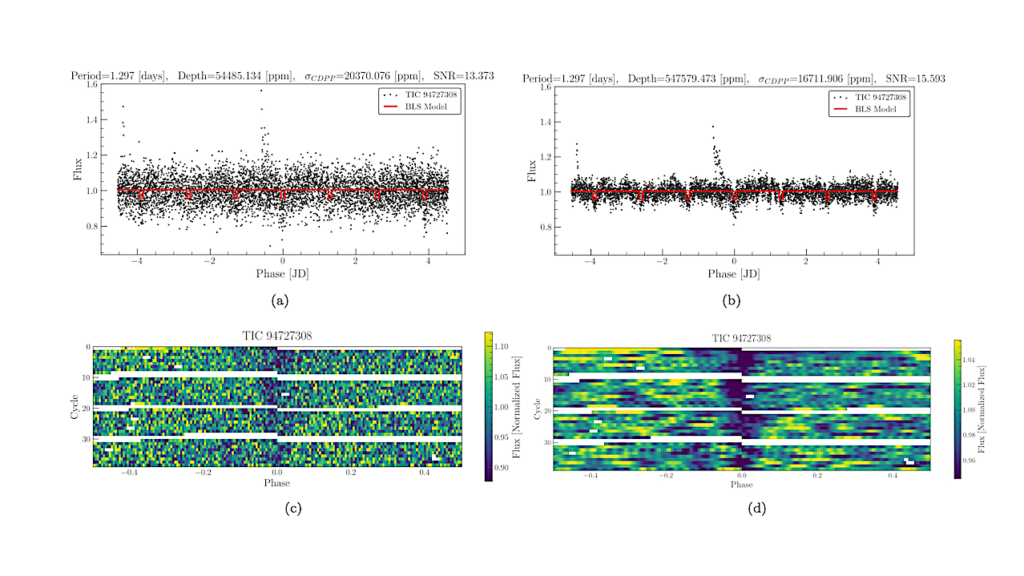The Color of Habitability

From life on other planets to virtual classrooms this thesis spans a wide array of research topics all based on how we see other worlds. Our understanding of everything from moon phases, the planets in our Solar System, and exoplanet atmospheres come from our interpretation of light and one day, our knowledge of light will be used as evidence for the discovery of life on another planet.
In the time before we scattered rovers, landers, and brave souls across the Solar System we only knew of the planets and moons from the light they reflected from the Sun back to us. We are in much the same situation with exoplanets today. Our telescopes can gather the light from distant worlds but they are too far out of reach to confirm our observations with in-situ measurements.
Soon we will be able to gather light from even smaller exoplanets and eventually Earth-sized exoplanets orbiting in their star’s habitable zone. As a reference guide to these upcoming observations what better place to compare to than our own Solar System. What we’ve done is take measurements of planets in our own Solar System and treat them as exoplanets to determine how different surface types can be differentiated. The result is a database of the spectra, geometric albedos, and color of 19 Solar System objects for use as an exoplanetary field guide.
A step beyond the field guide is a way to explore worlds only physics and our imaginations are limited by. By using computer models, we can create thousands of planets to determine the physical and chemical stability of any environment. One parameter domain of interest is the role of surface color on a planet’s habitability. Different materials have unique thermal properties that either cool or heat a surface depending on their color and the light that hits them. Dark oceans absorb light well and heat up while white sand is highly reflective and keeps cool…
Jack Madden
Comments: Cornell University Ph.D. Thesis – 179(161) pages, 32 figures, 8 tables, 8 color plates, 259 references
Subjects: Earth and Planetary Astrophysics (astro-ph.EP)
Journal reference: ProQuest Dissertations Publishing, 2020. 28025825 ISBN: 9798672135267
Cite as: arXiv:2010.05046 [astro-ph.EP] (or arXiv:2010.05046v1 [astro-ph.EP] for this version)
Submission history
From: Jack Madden
[v1] Sat, 10 Oct 2020 17:28:04 UTC (32,345 KB)
https://arxiv.org/abs/2010.05046
Astrobiology








